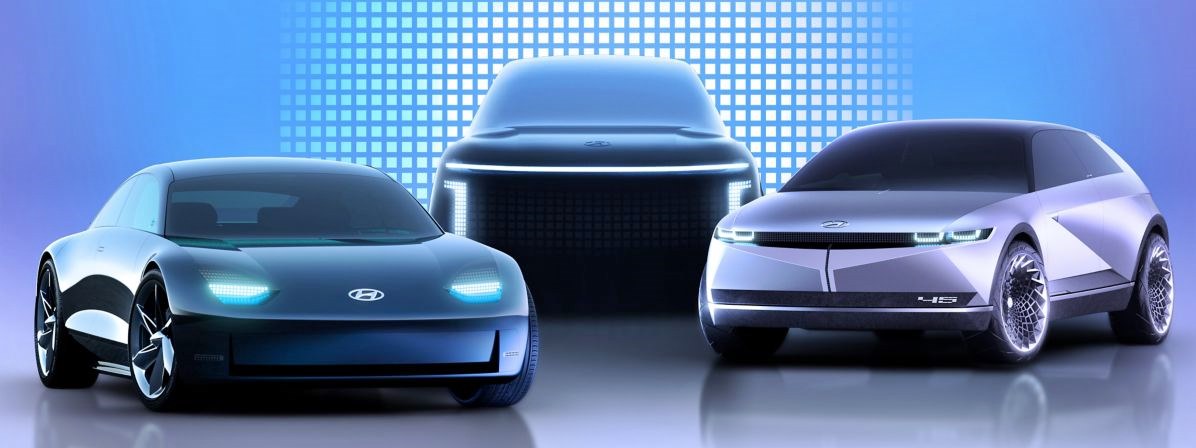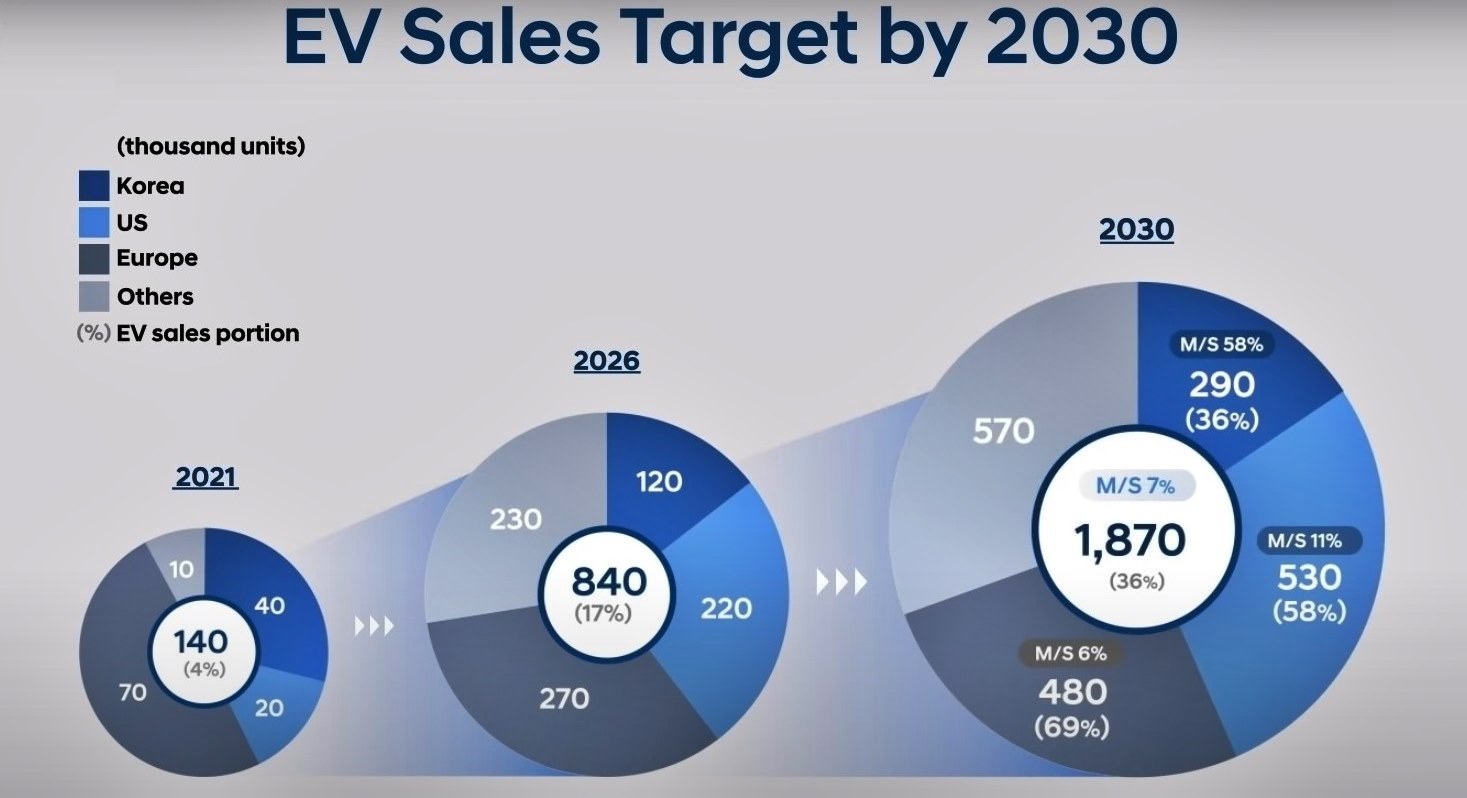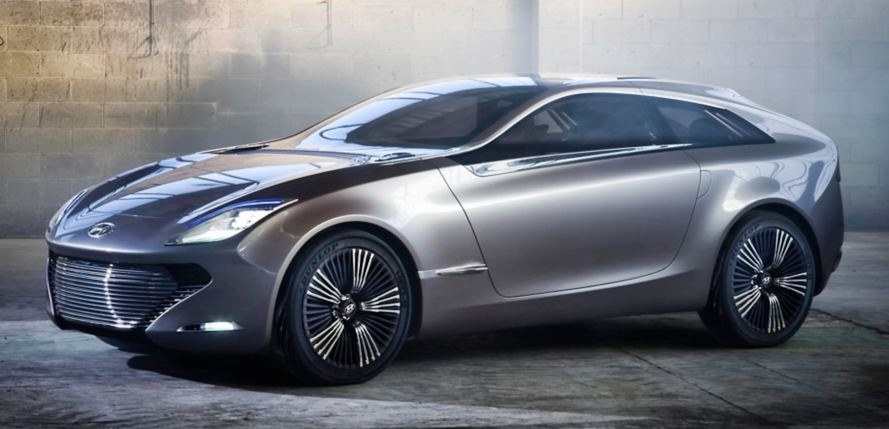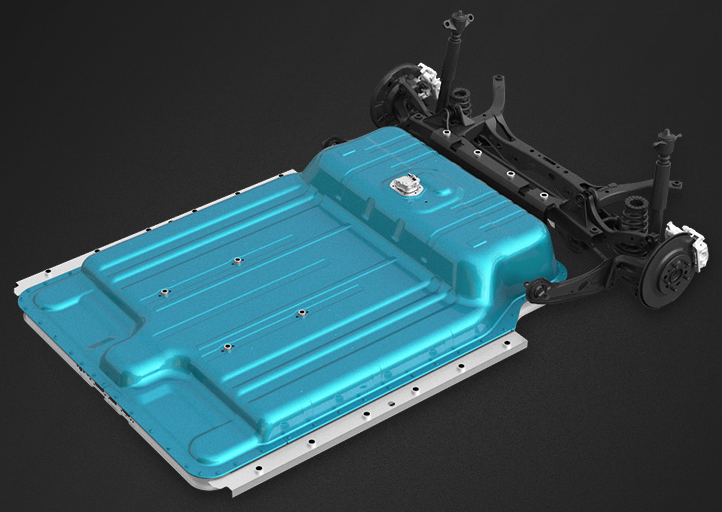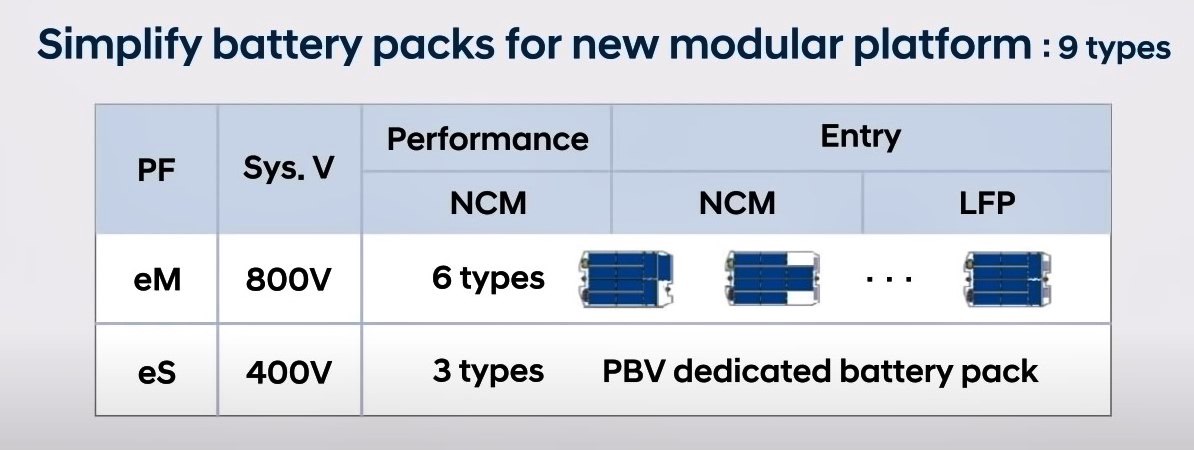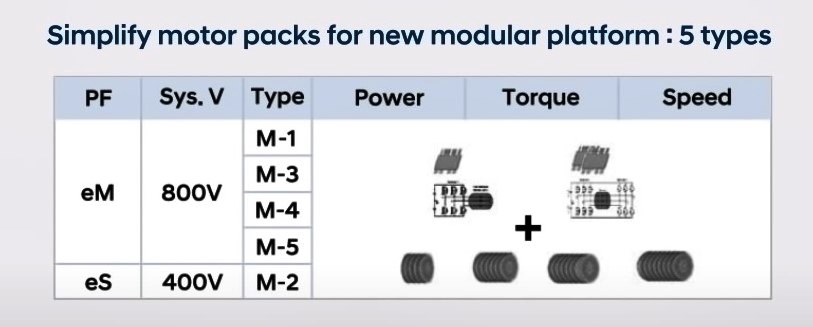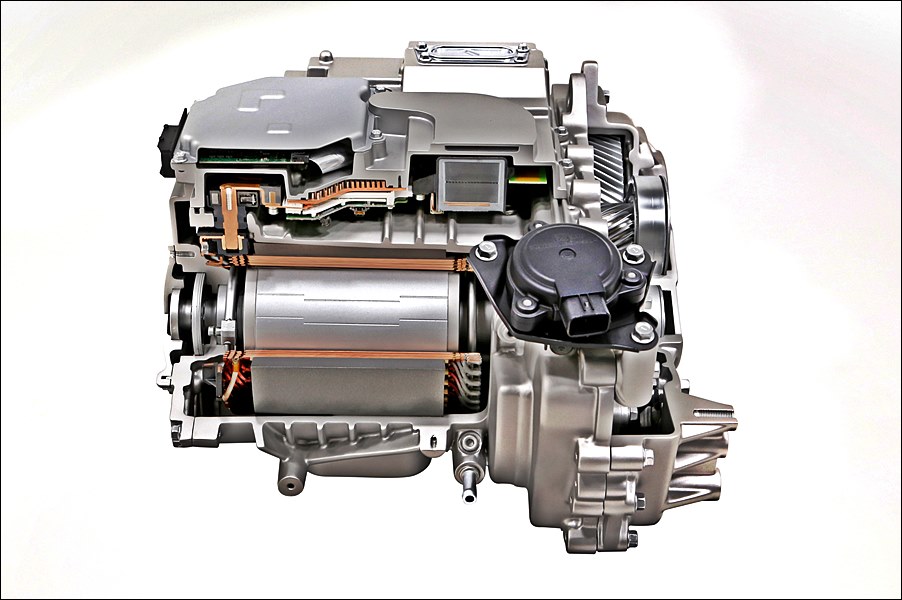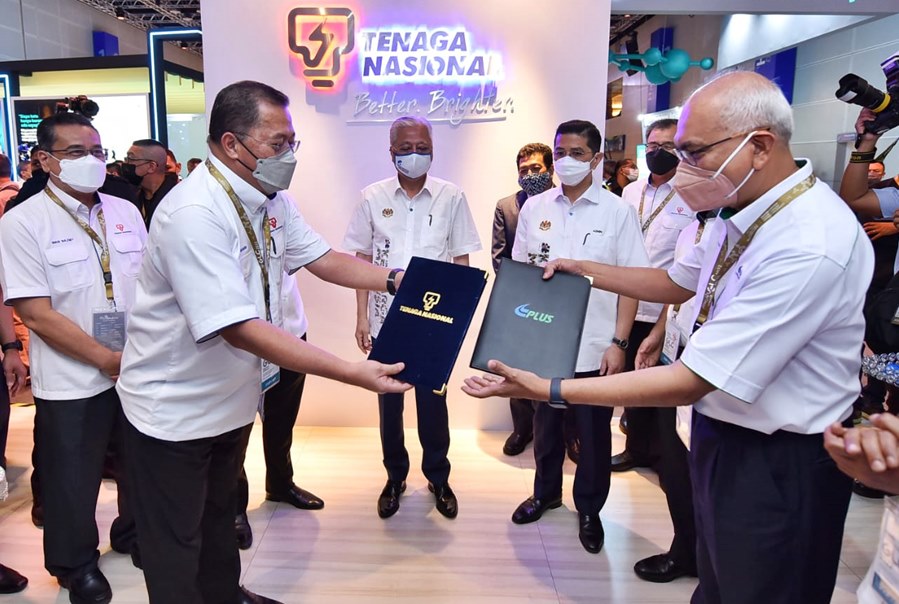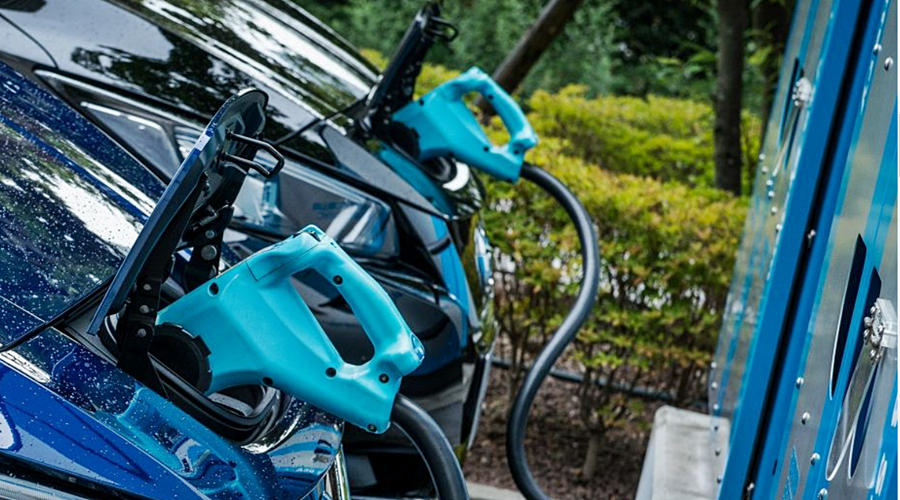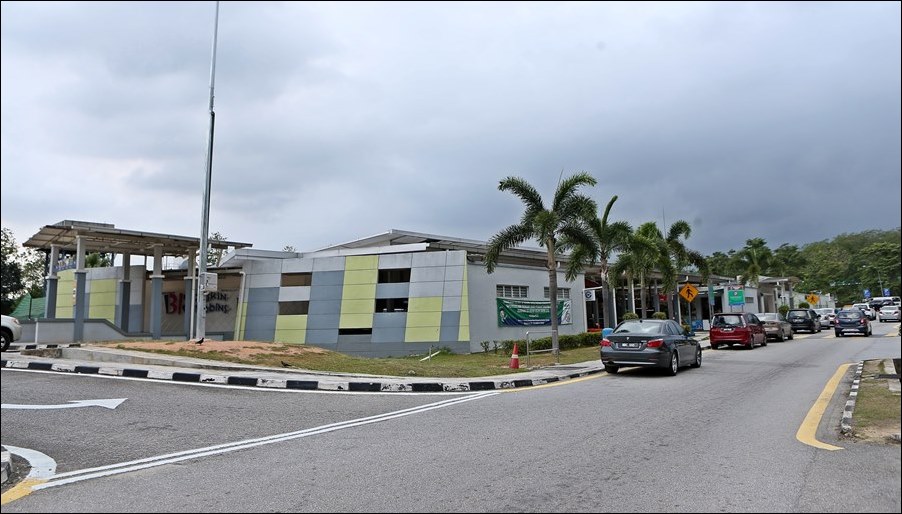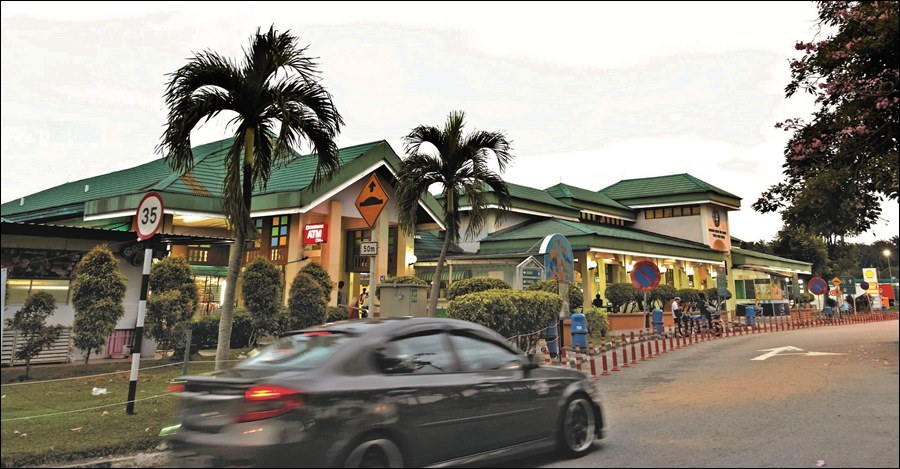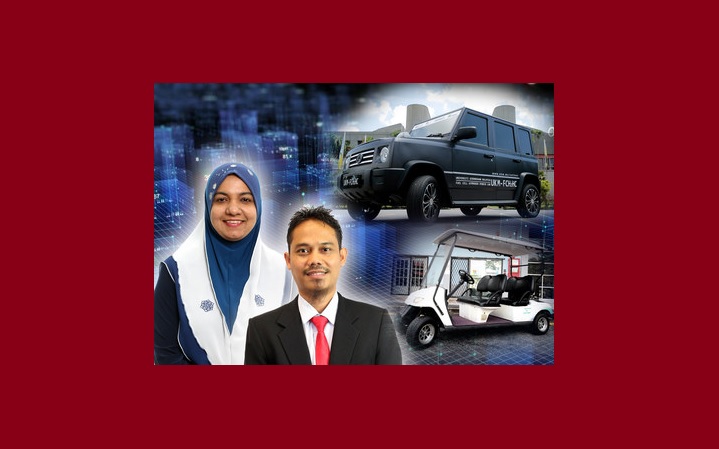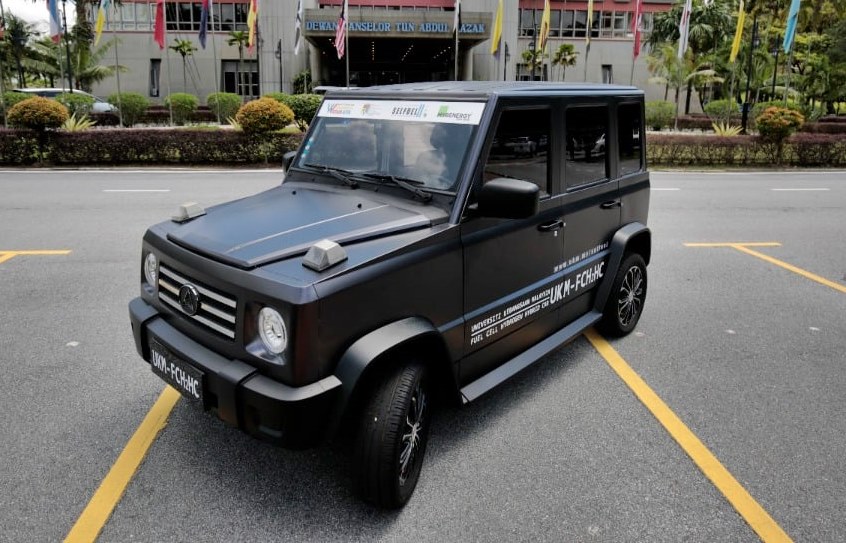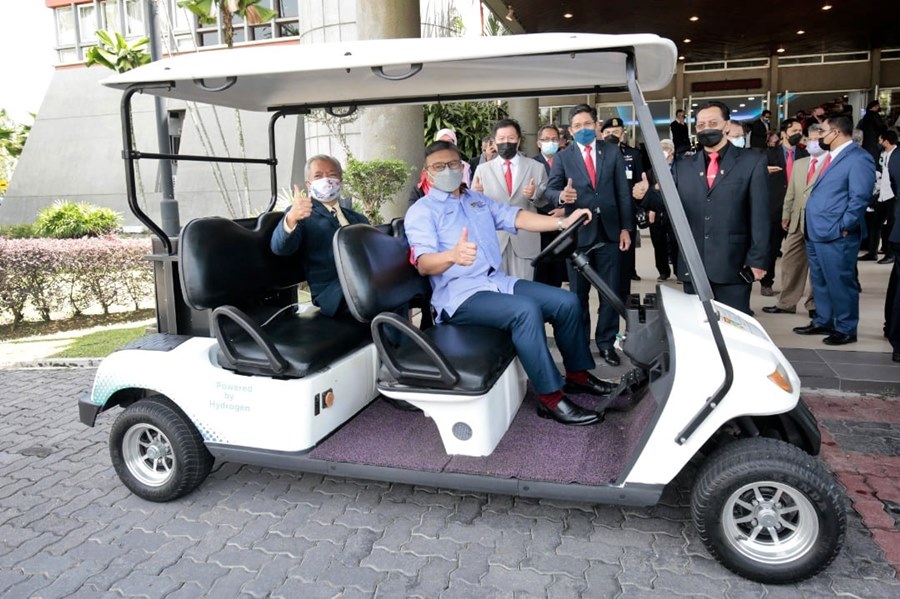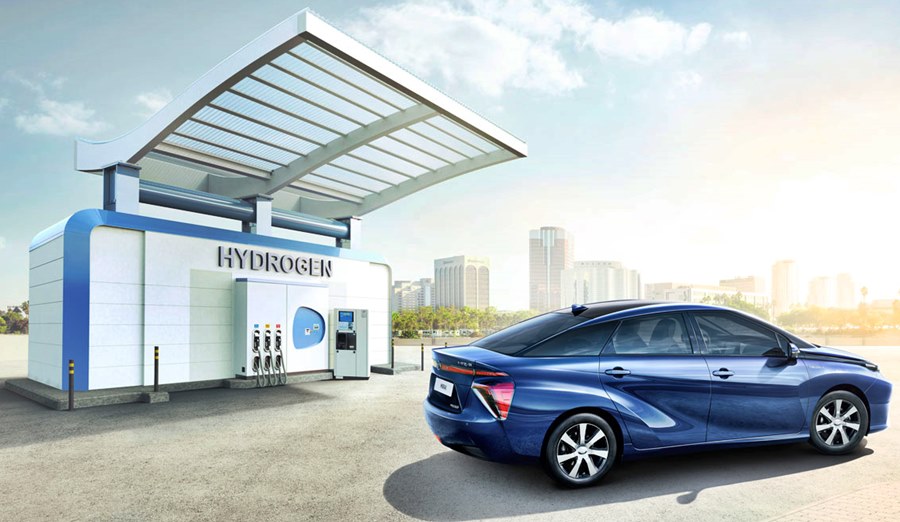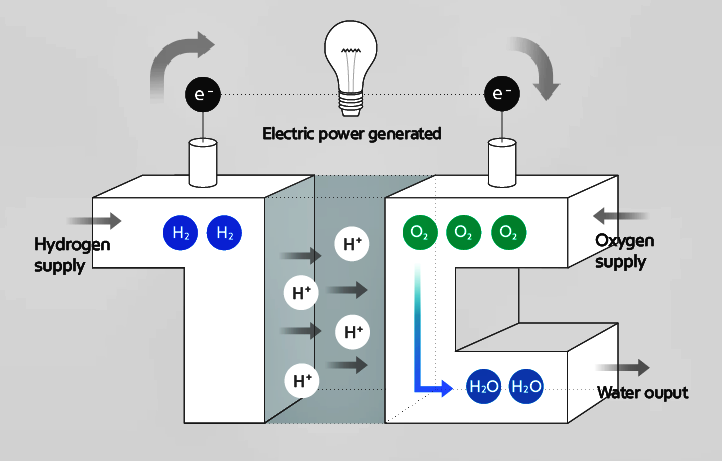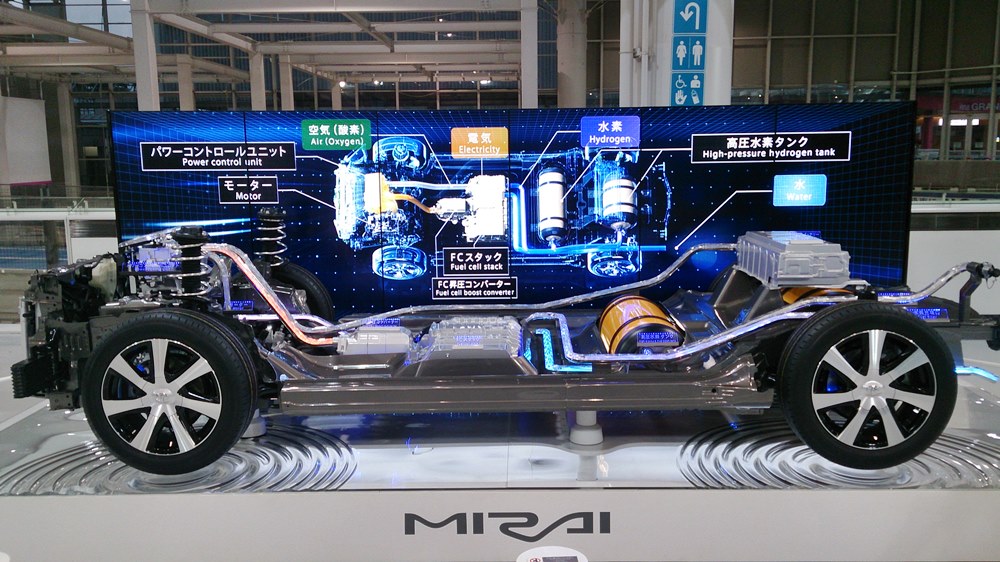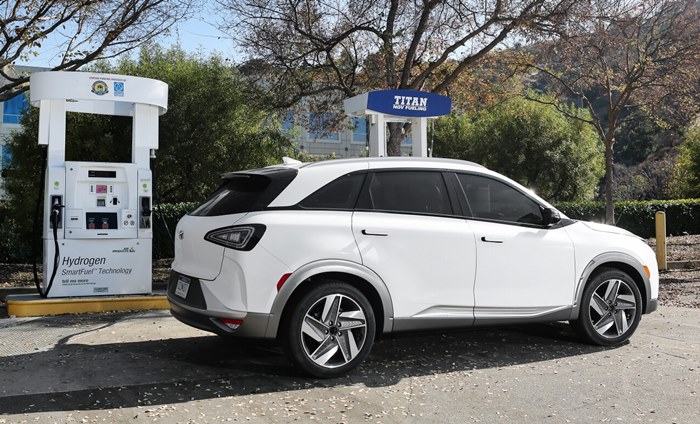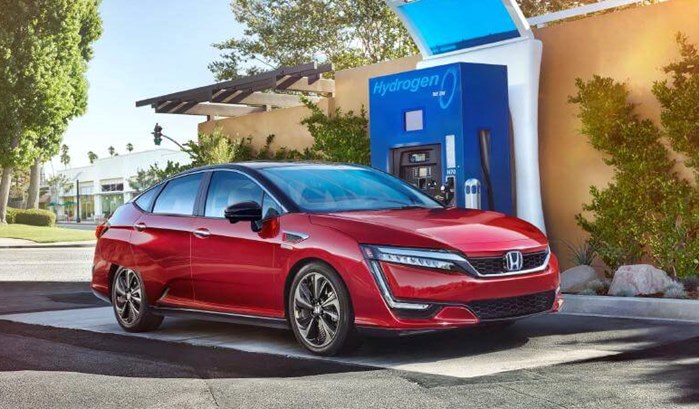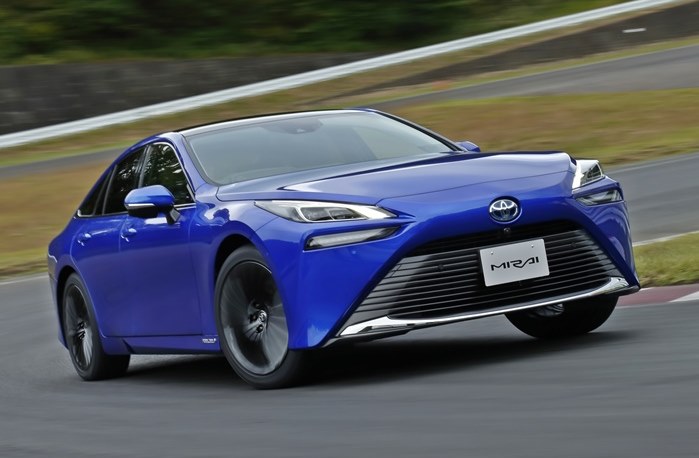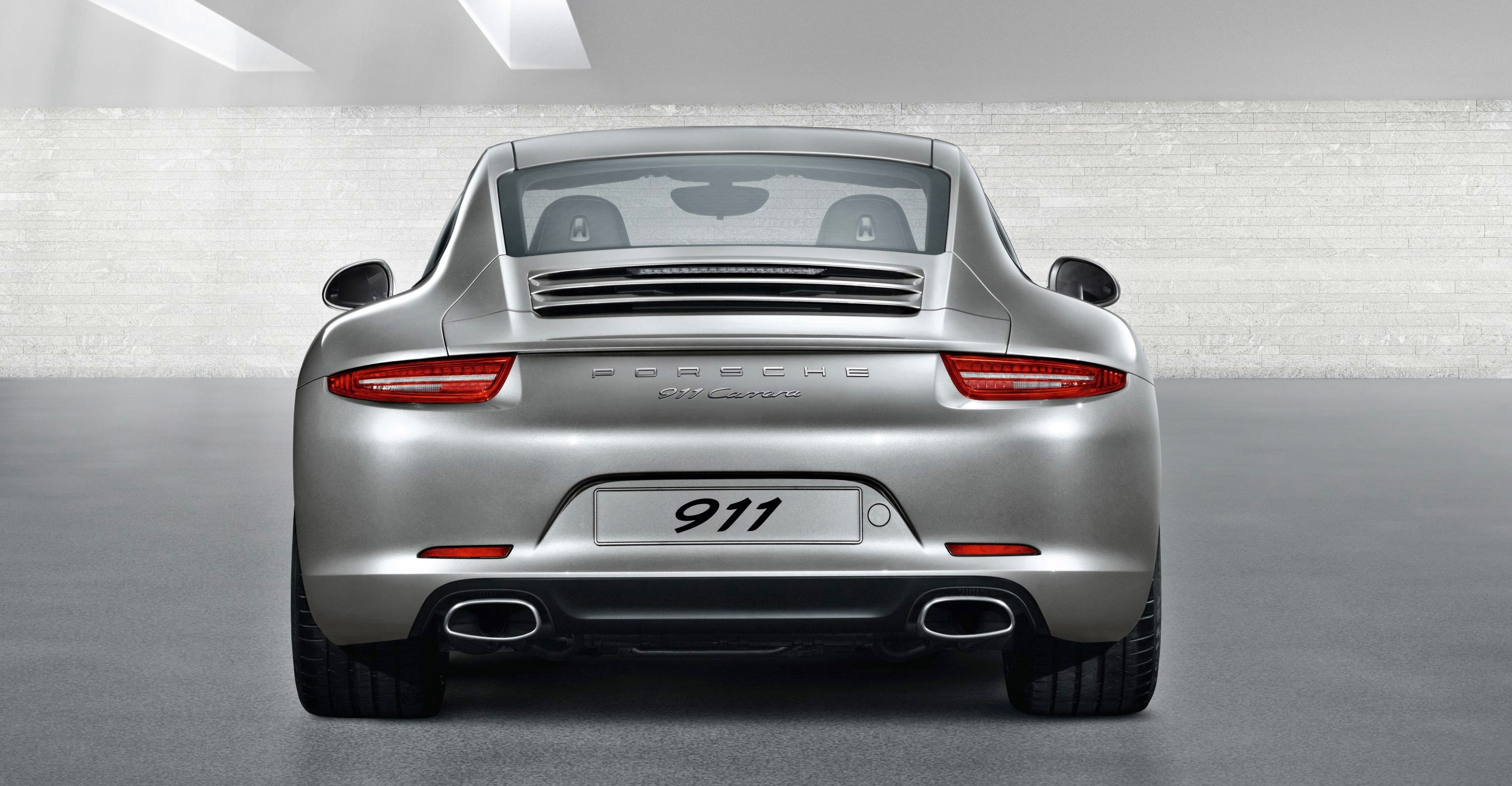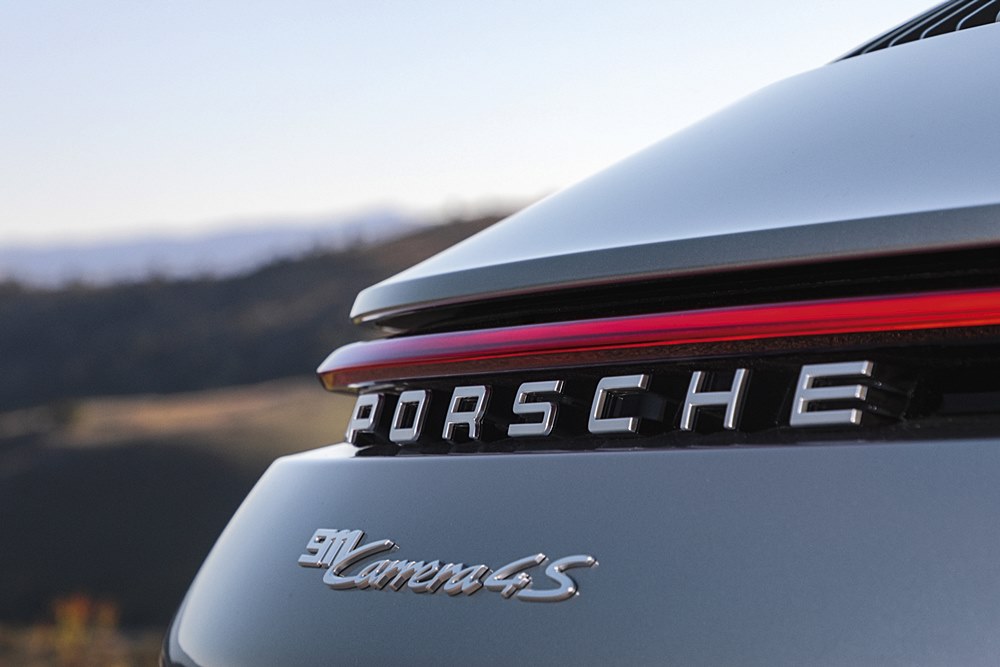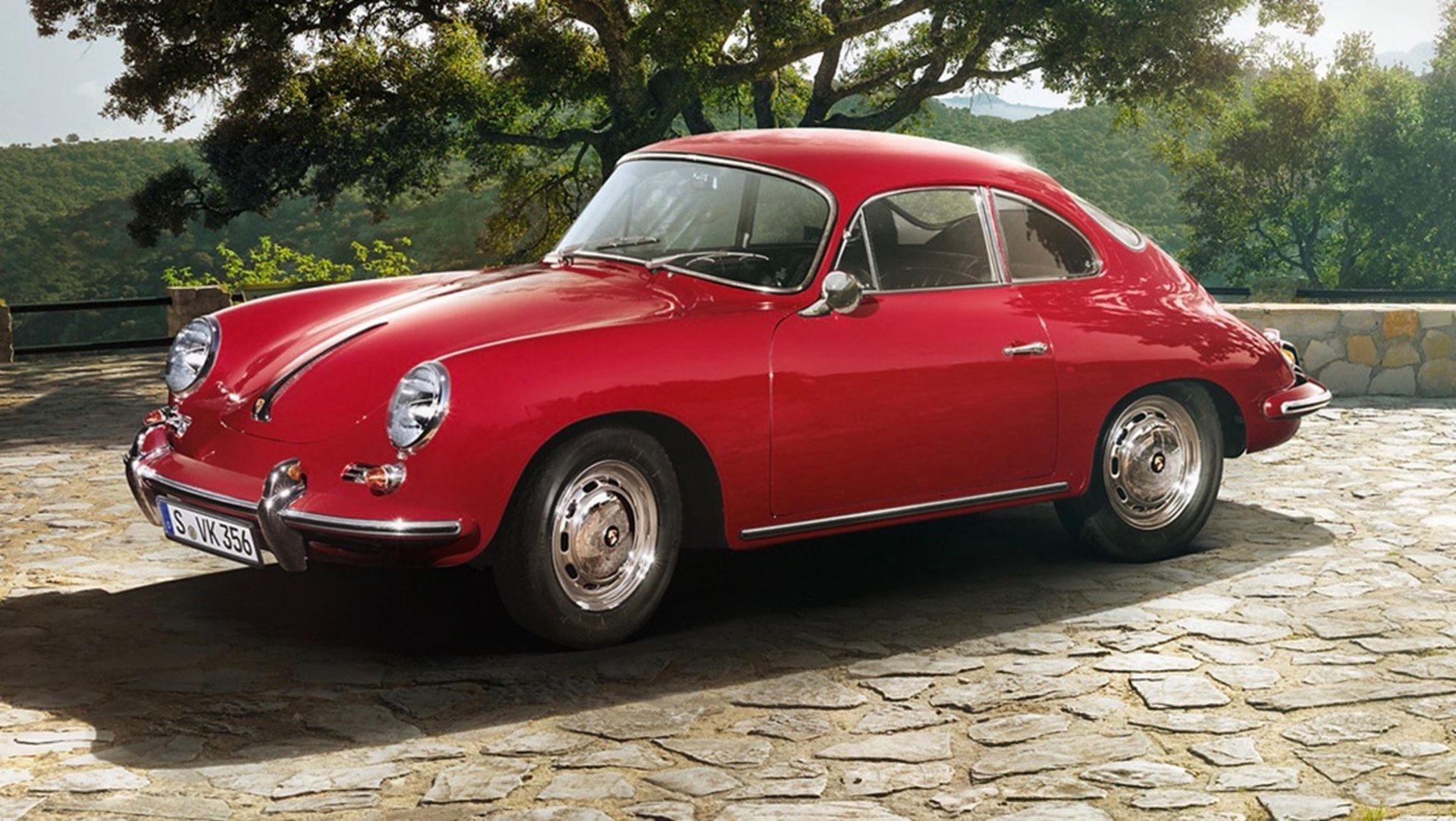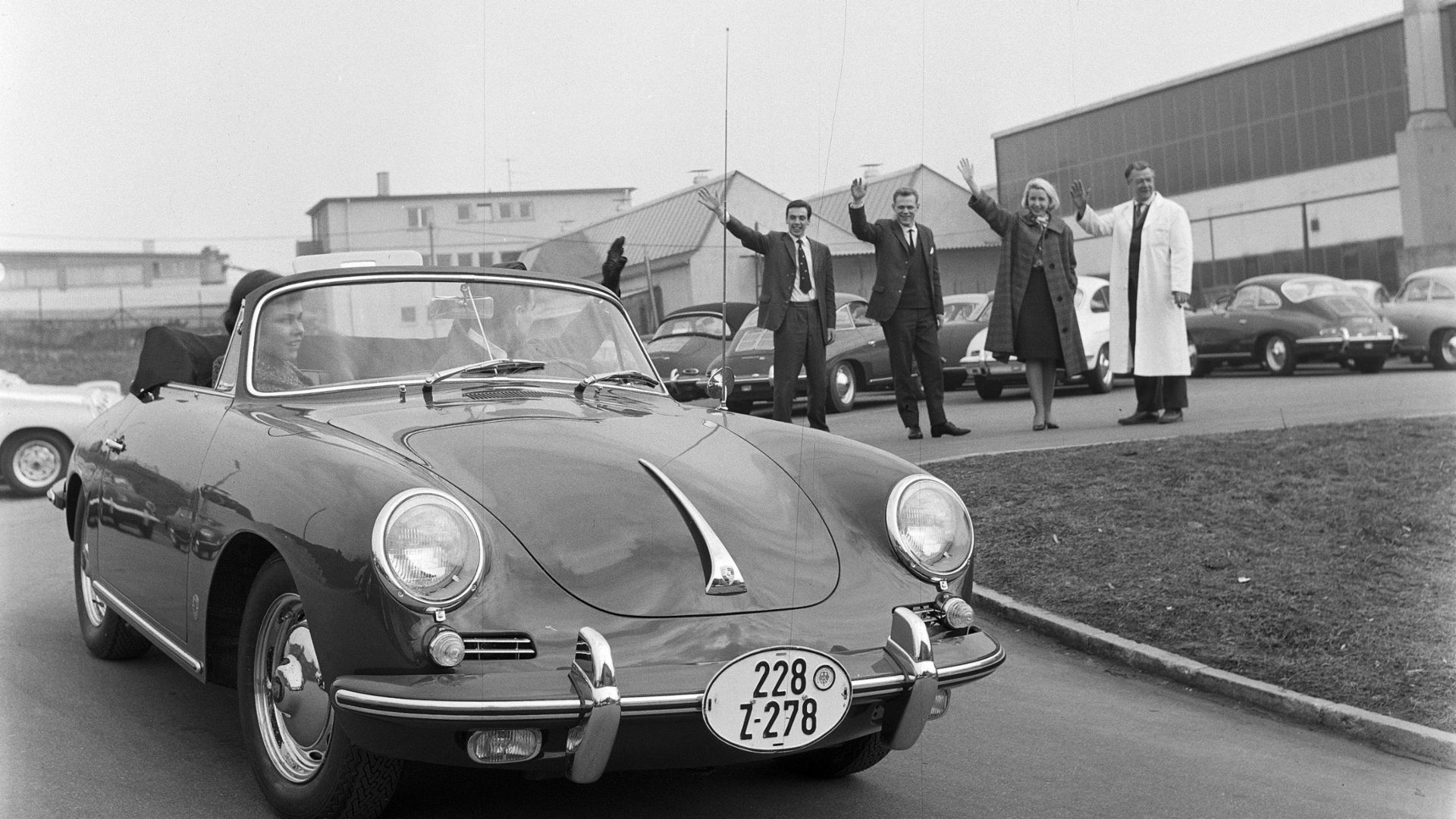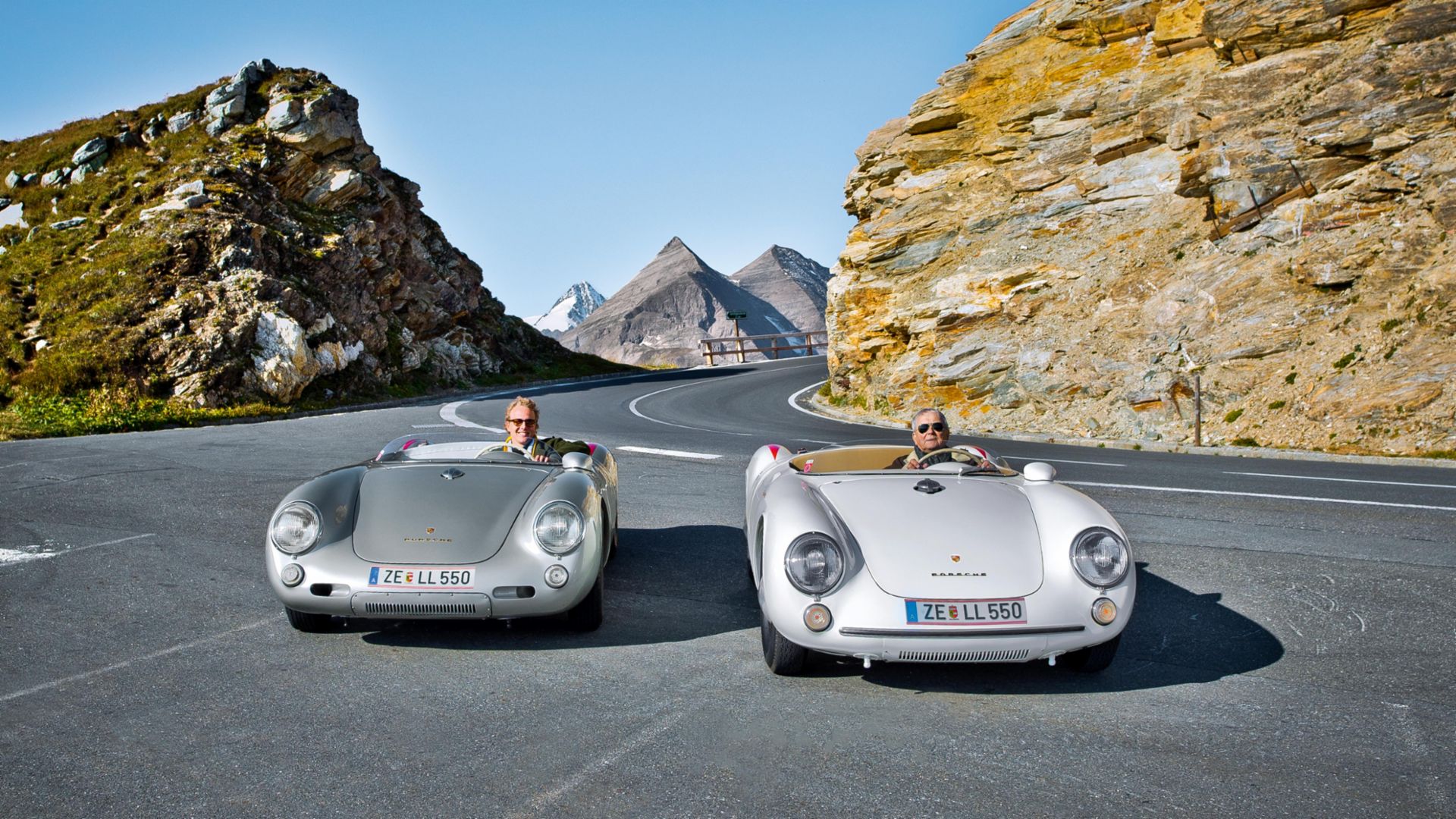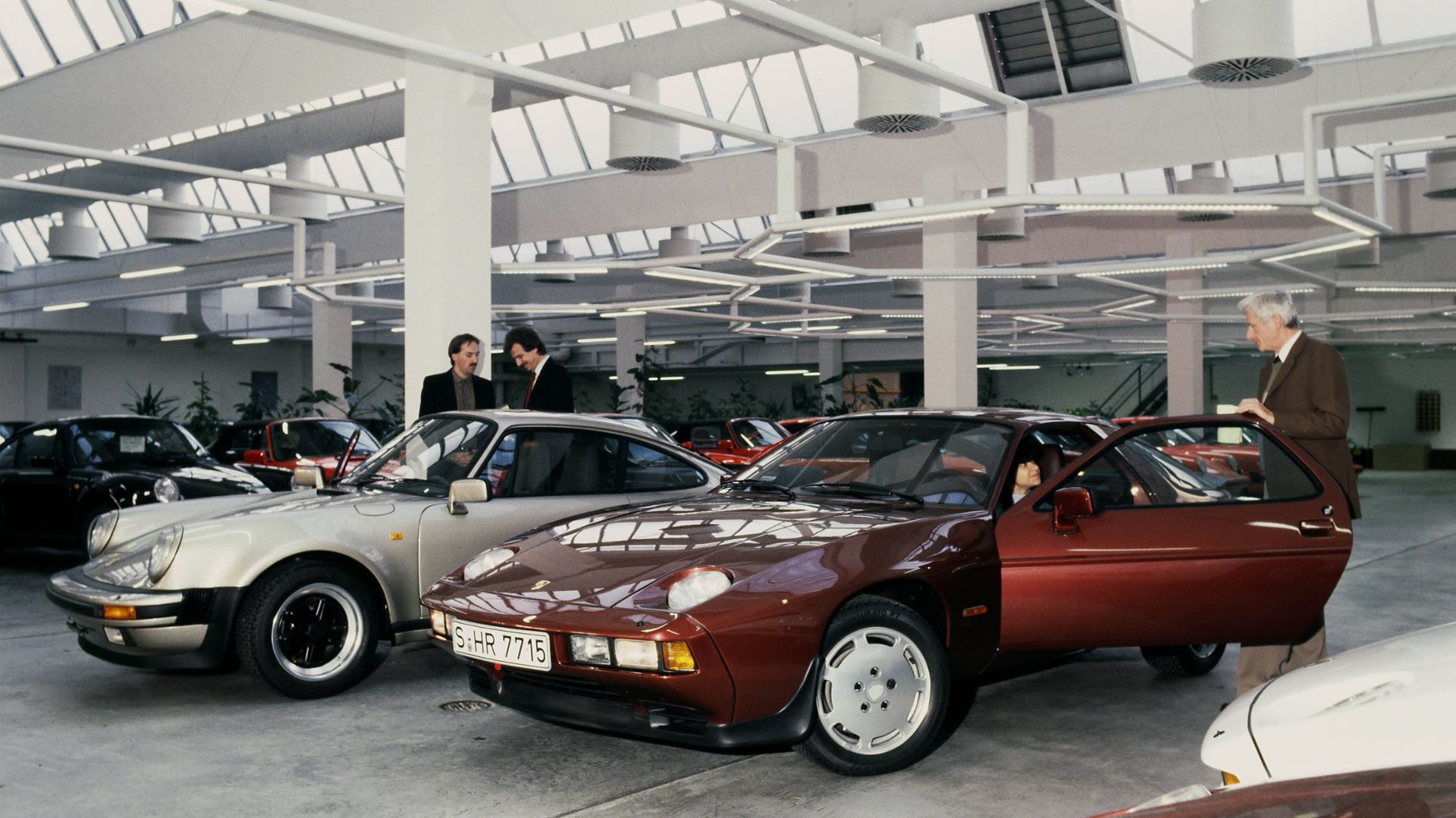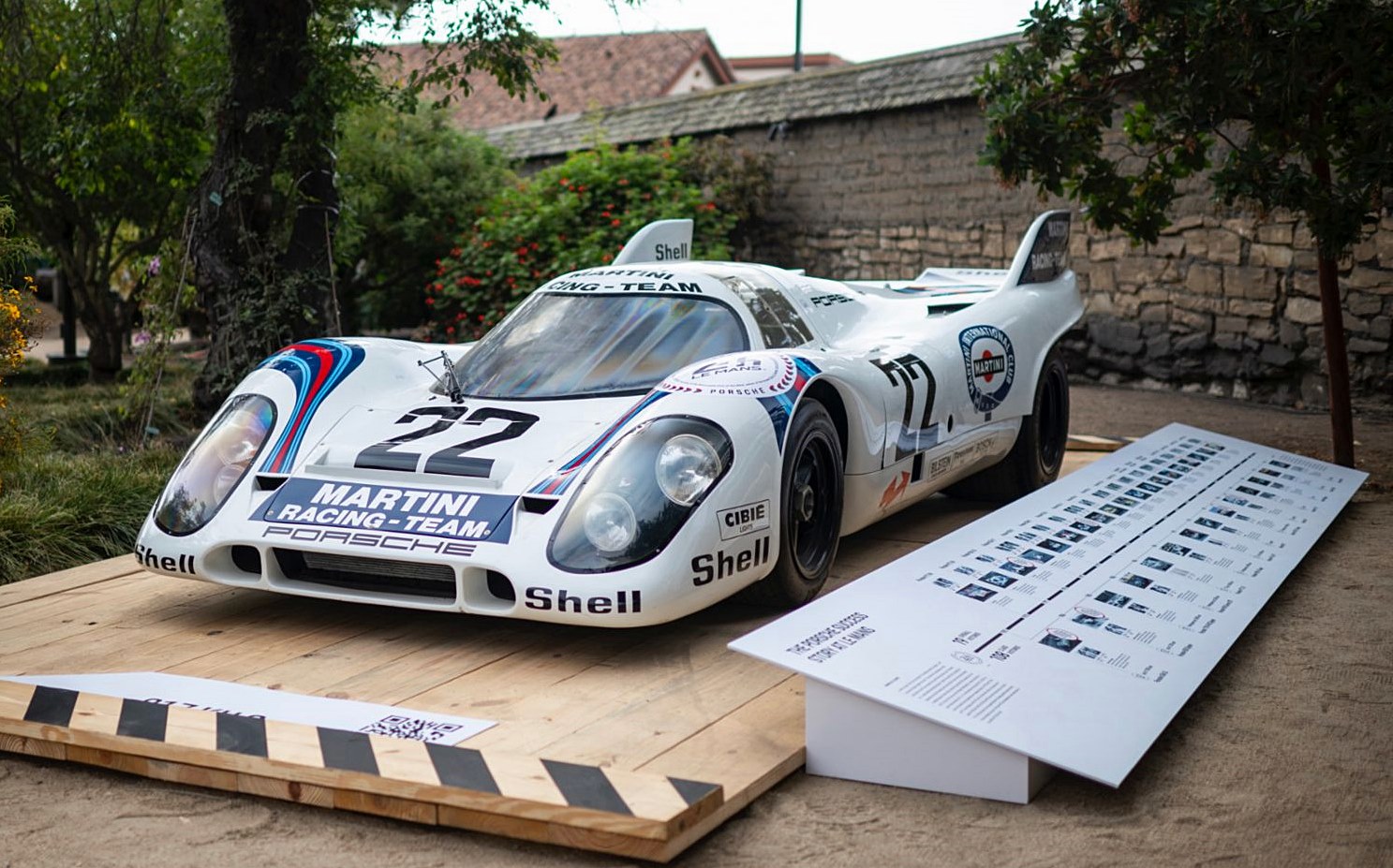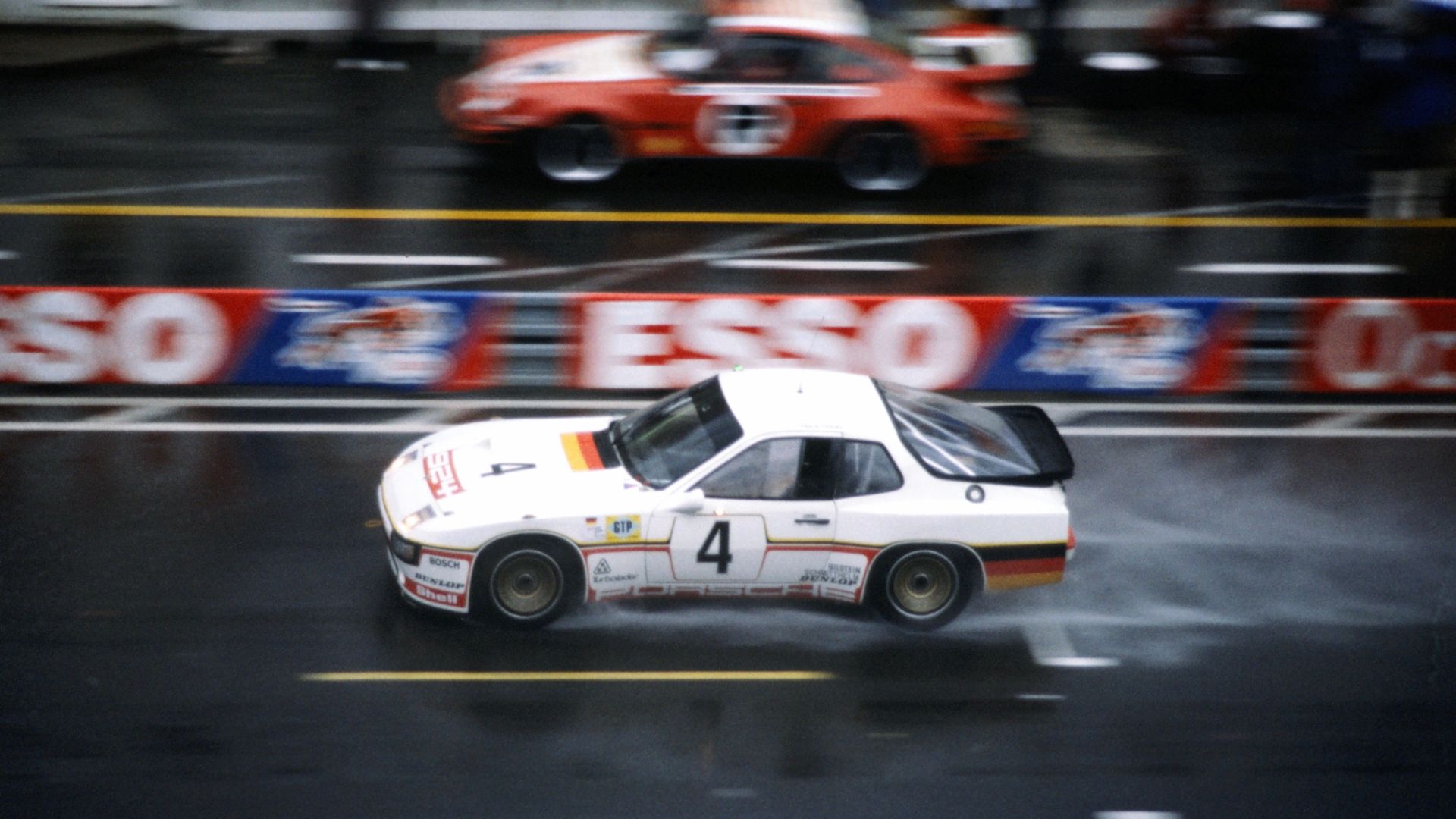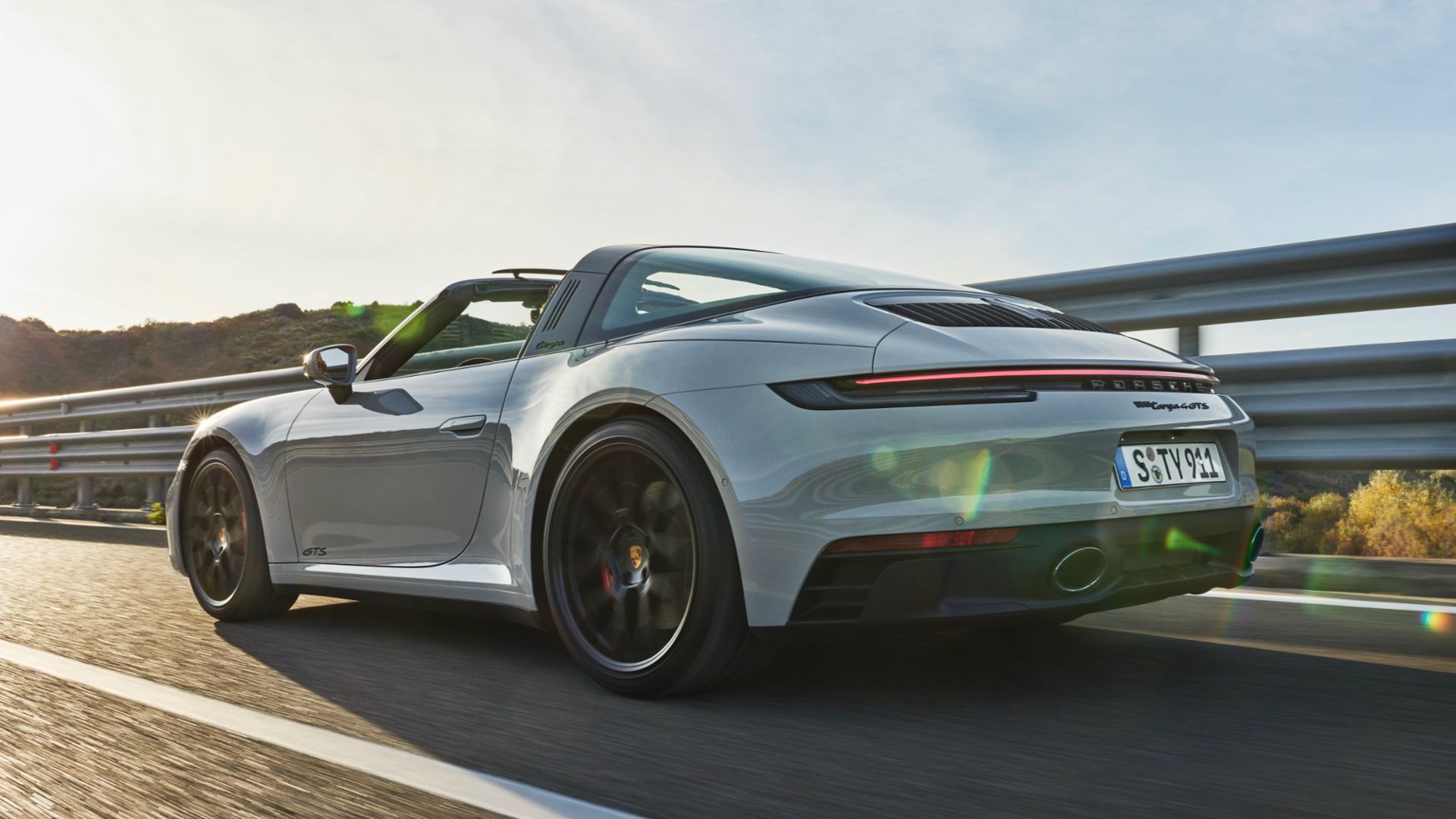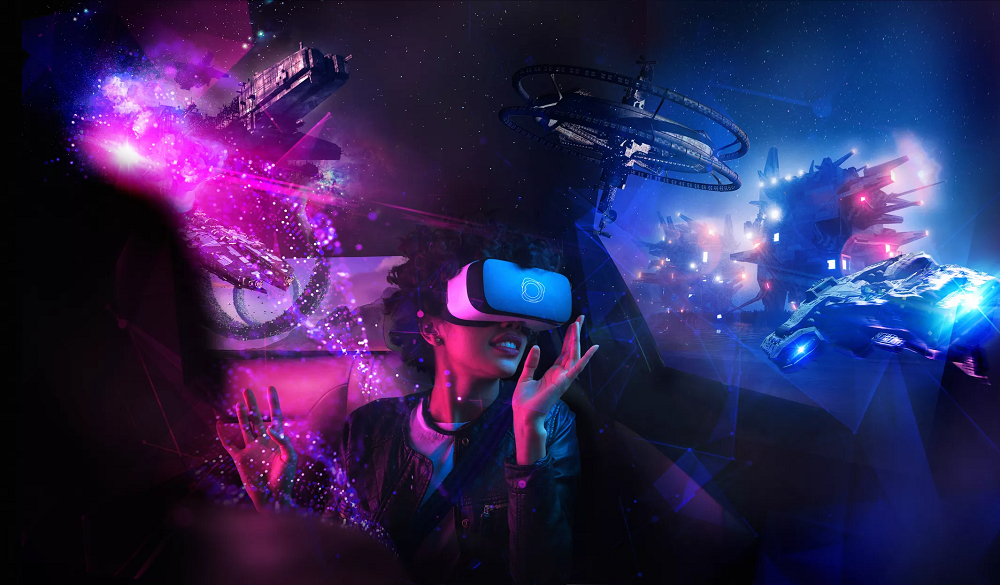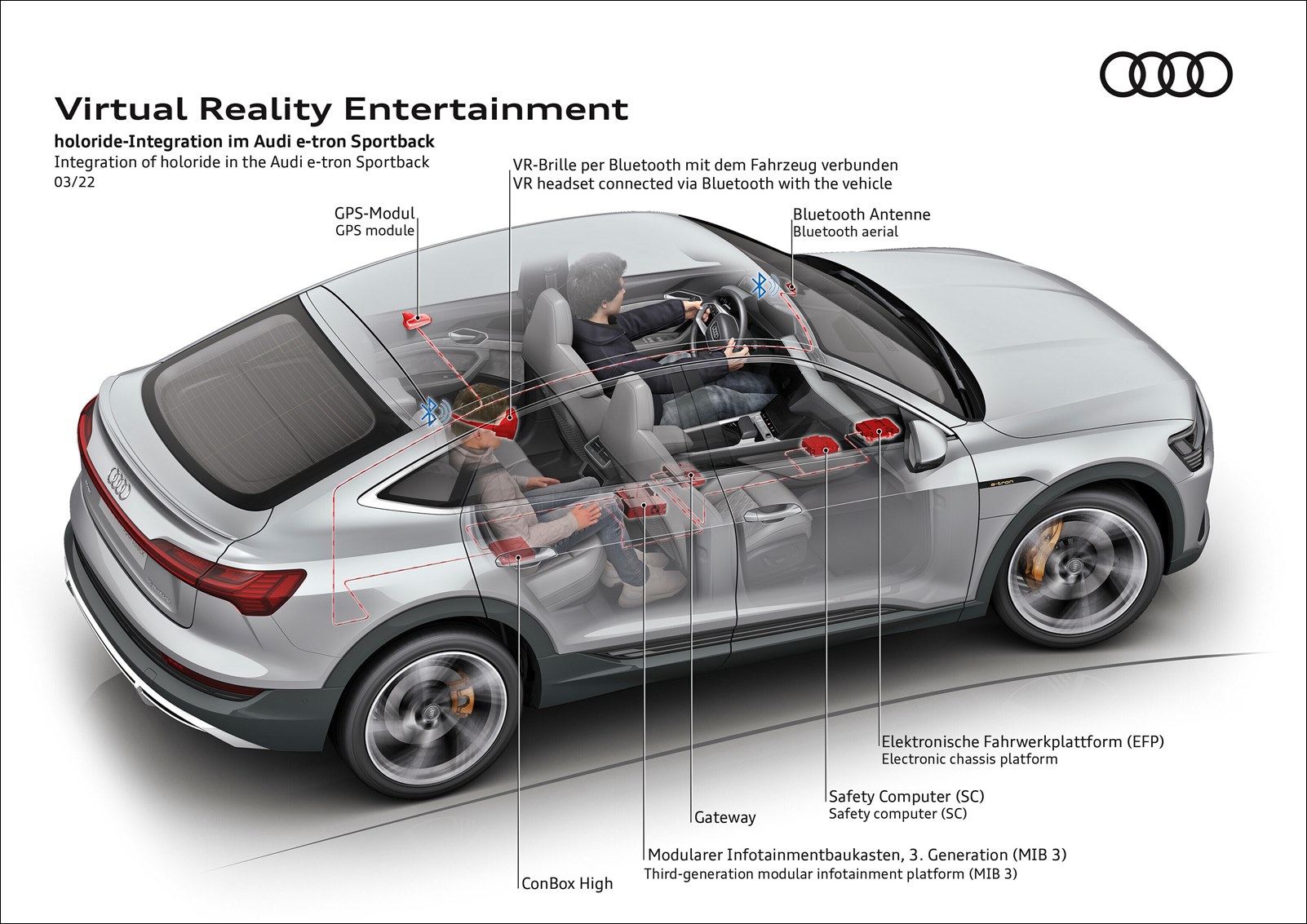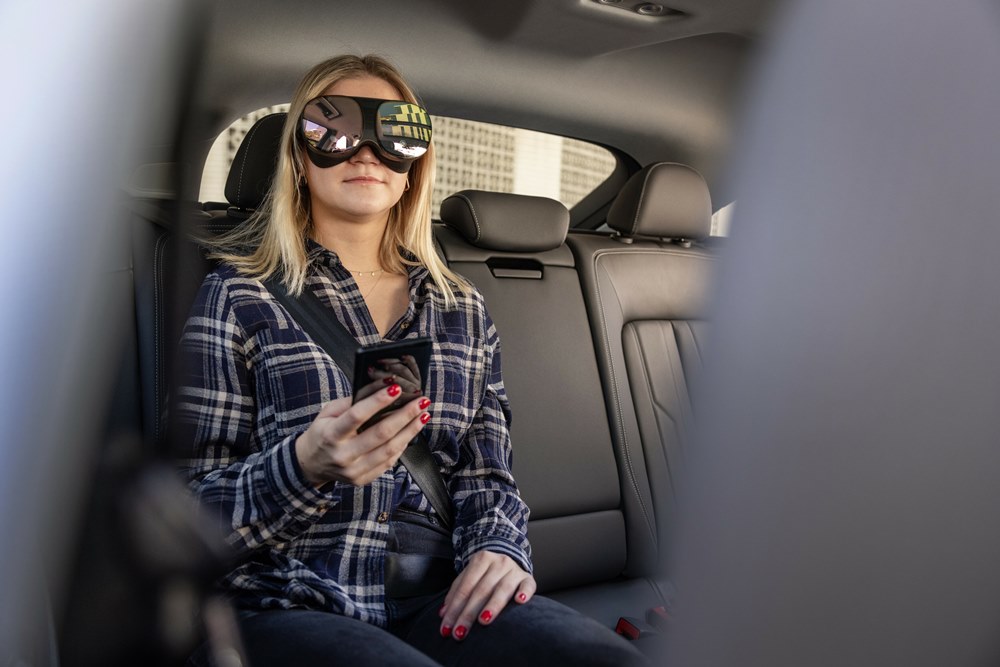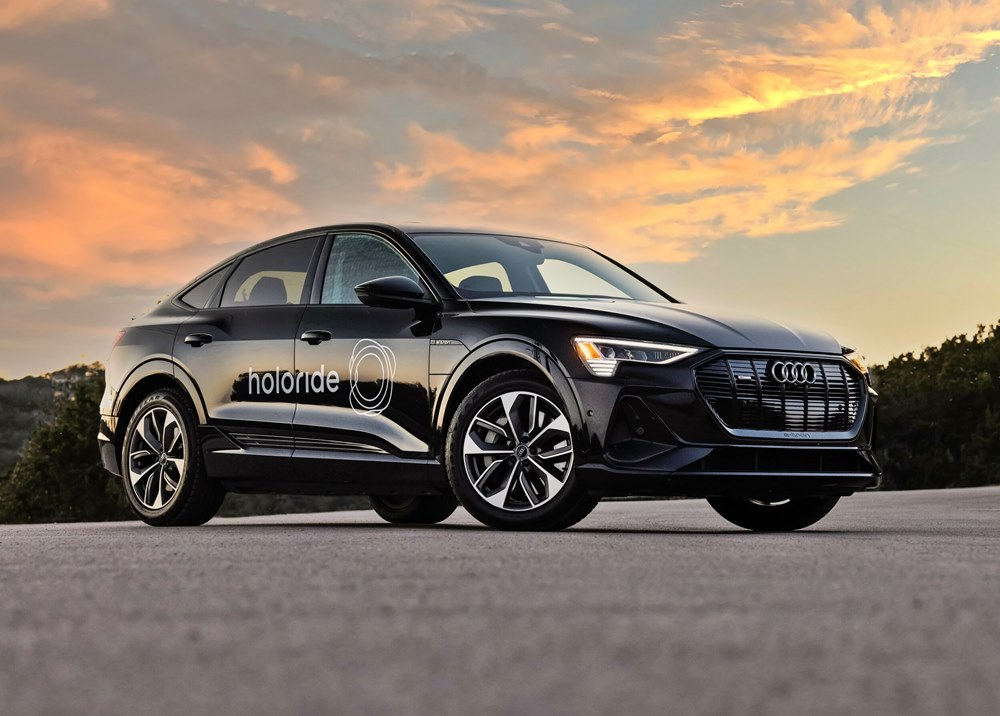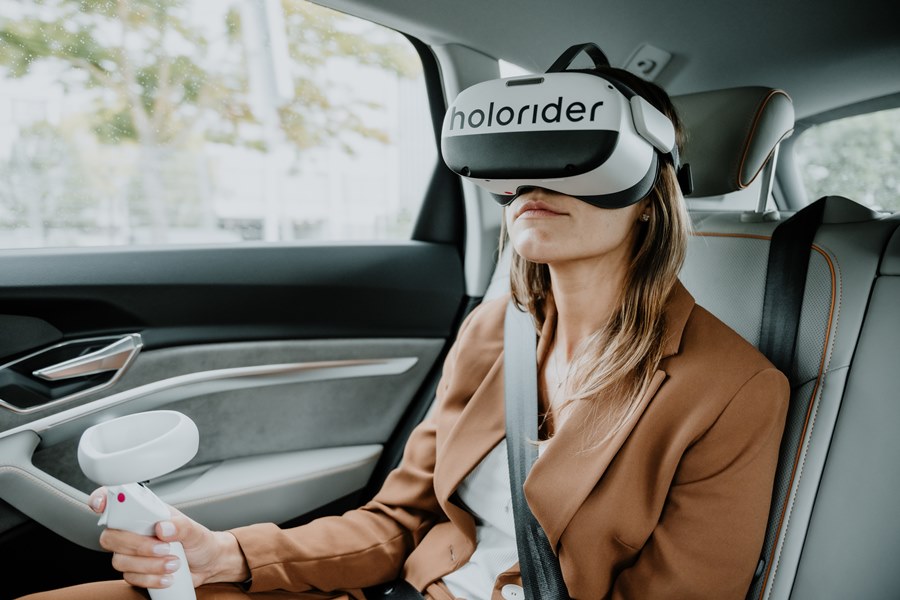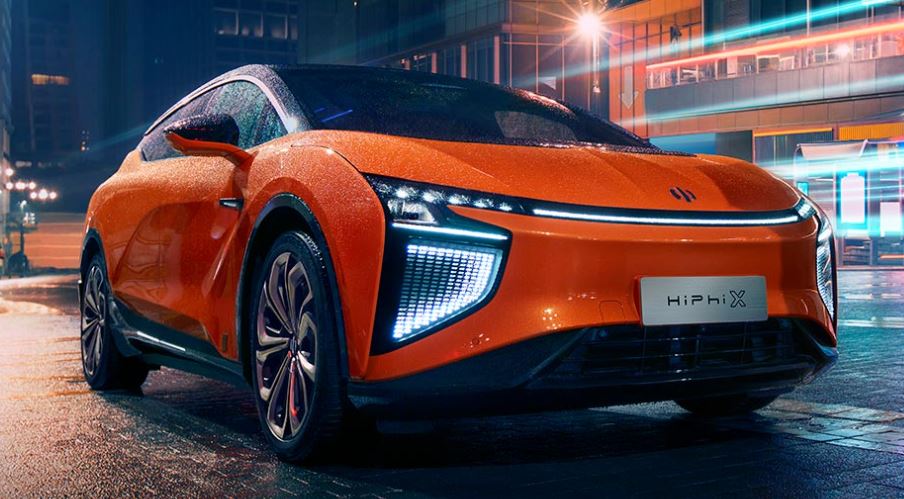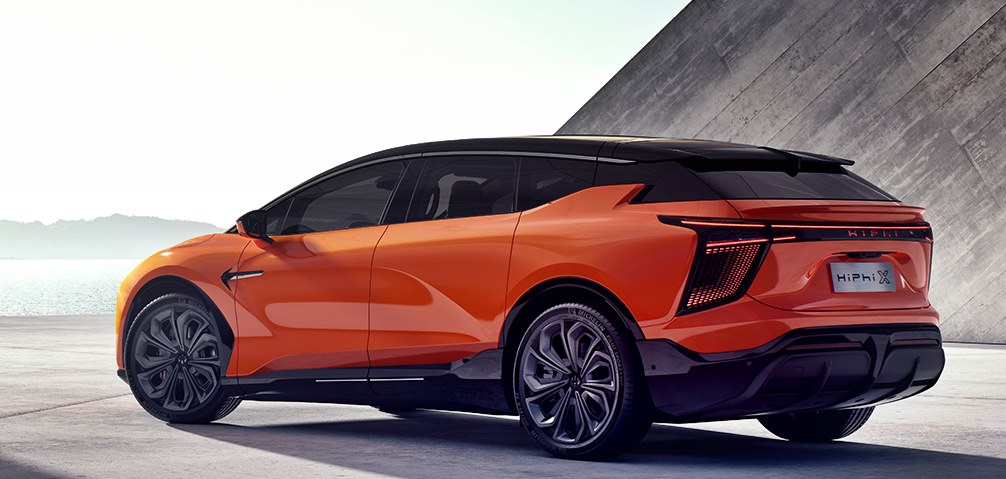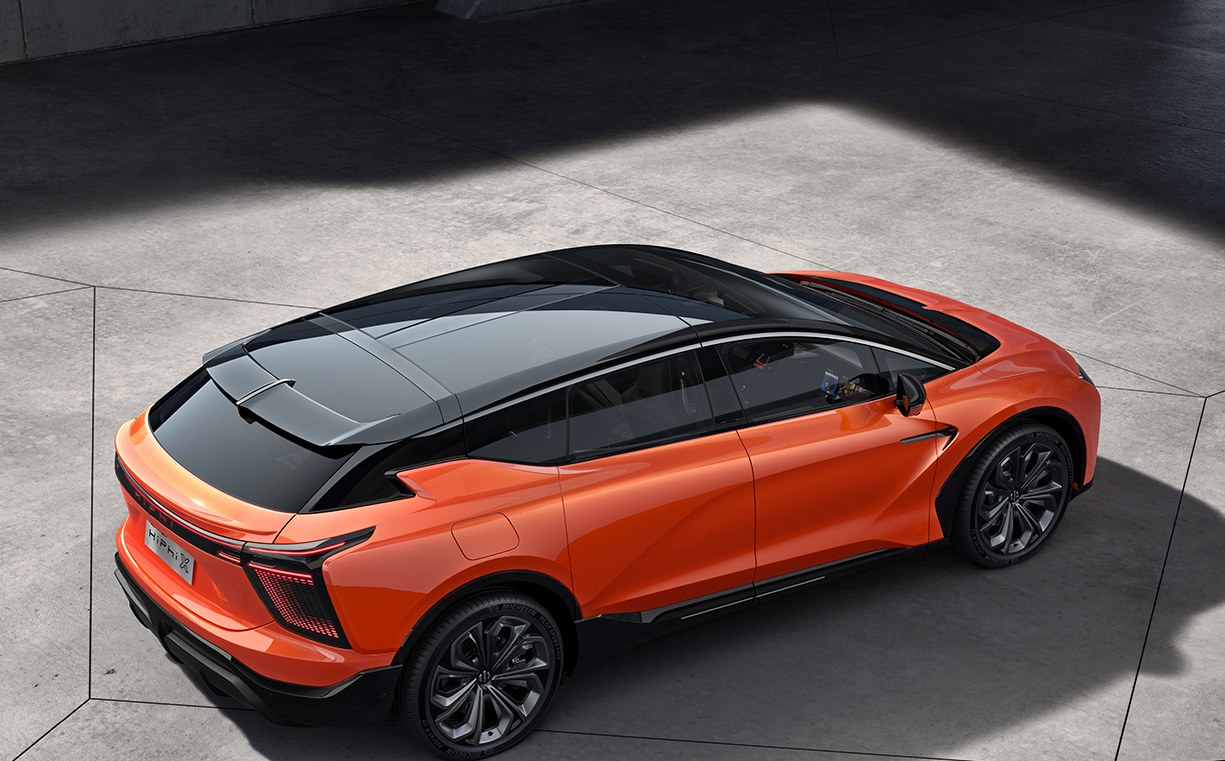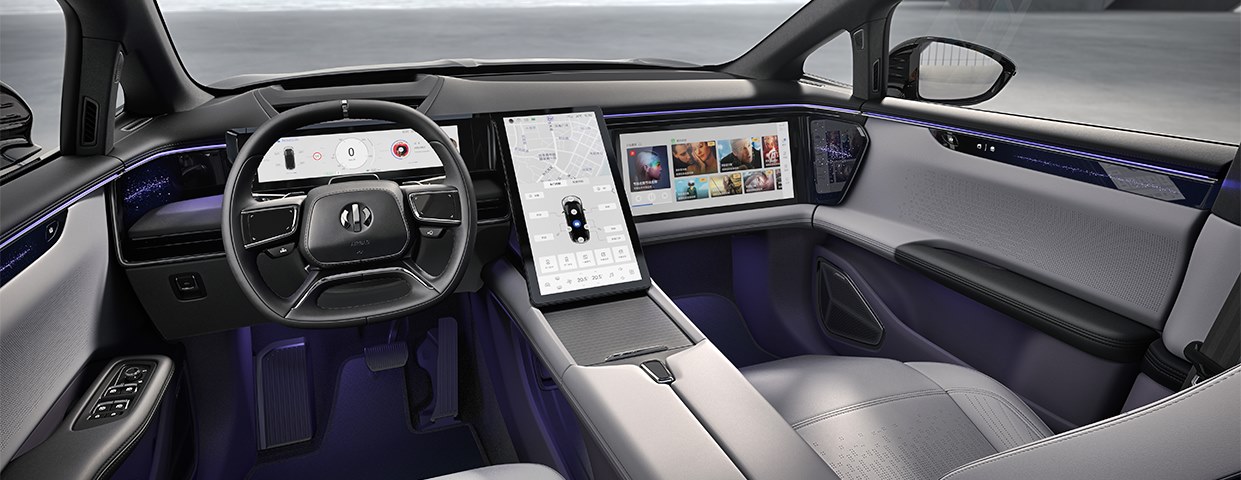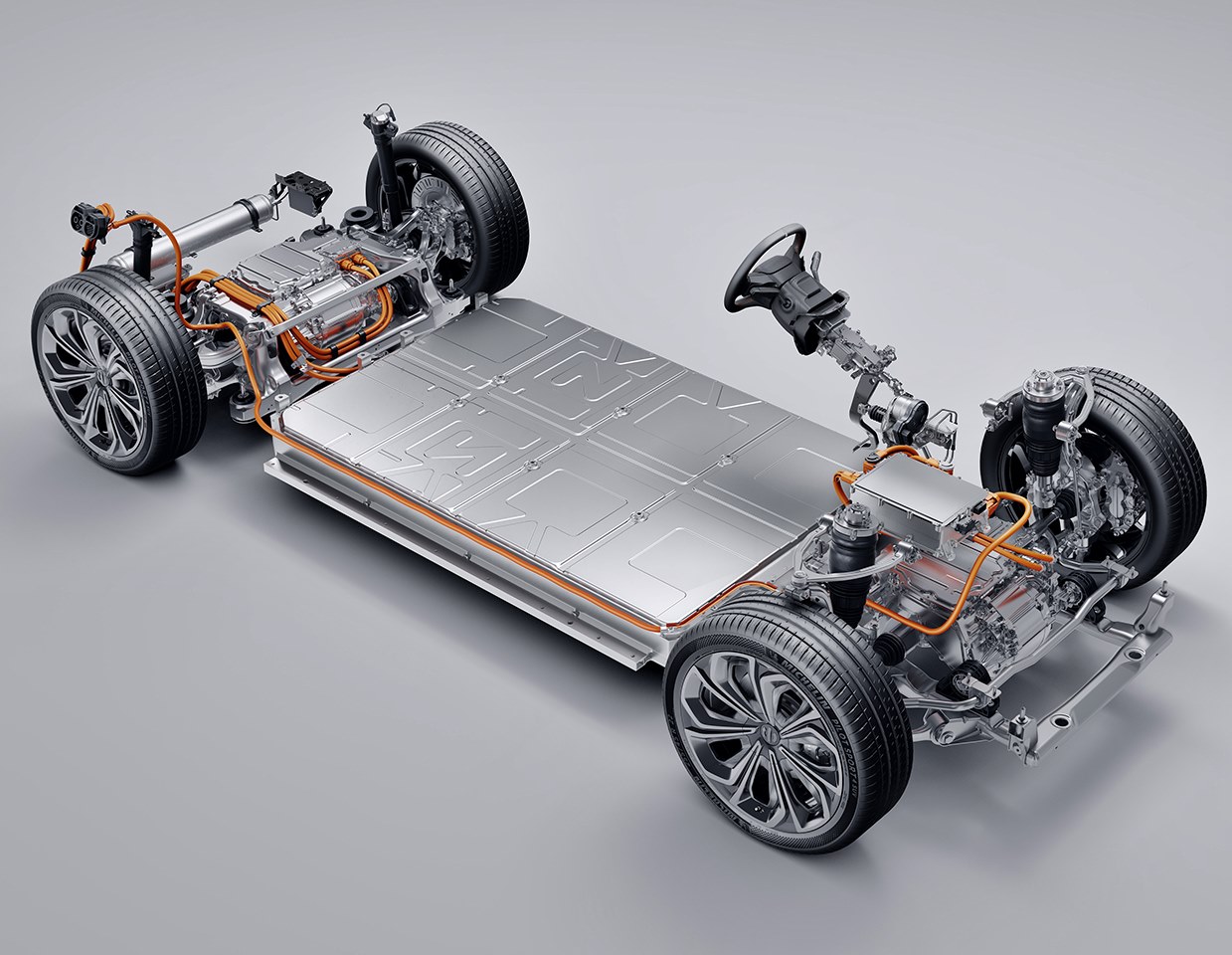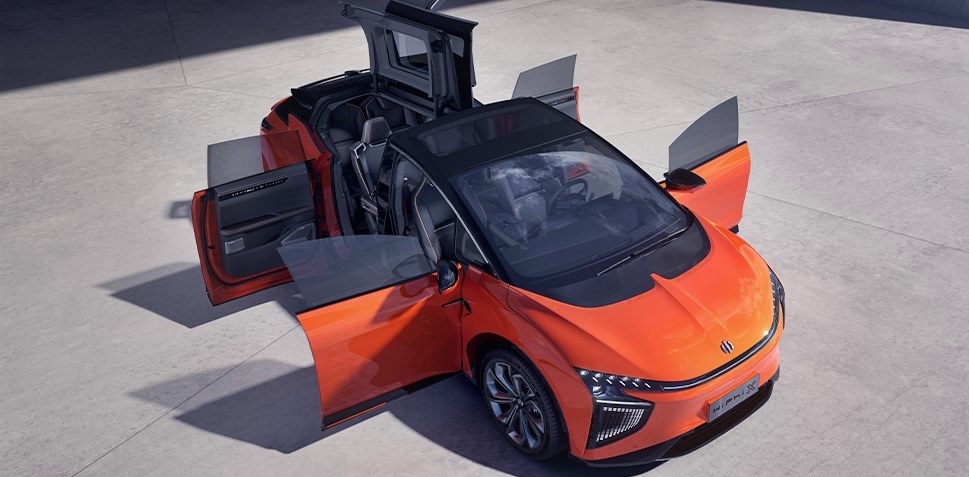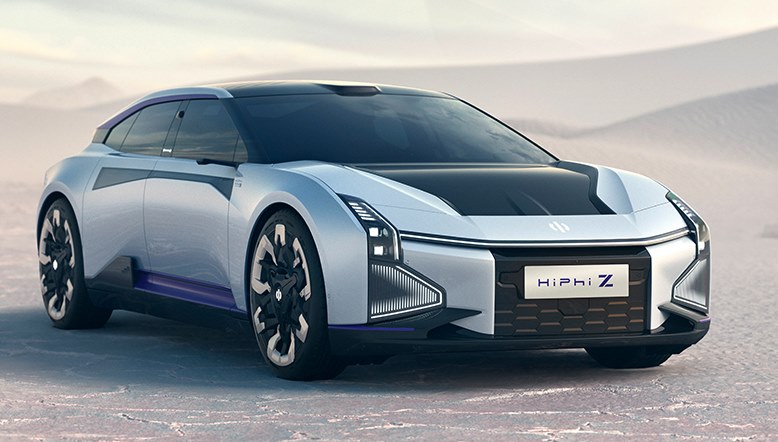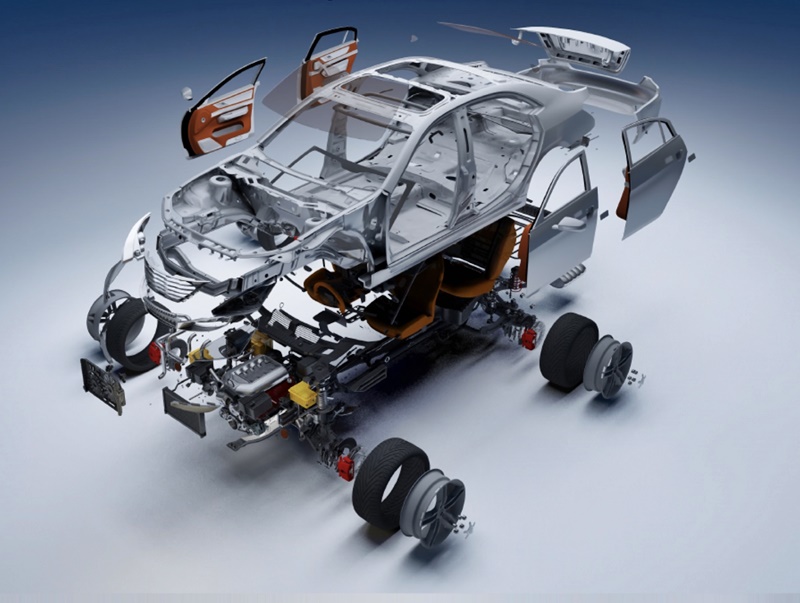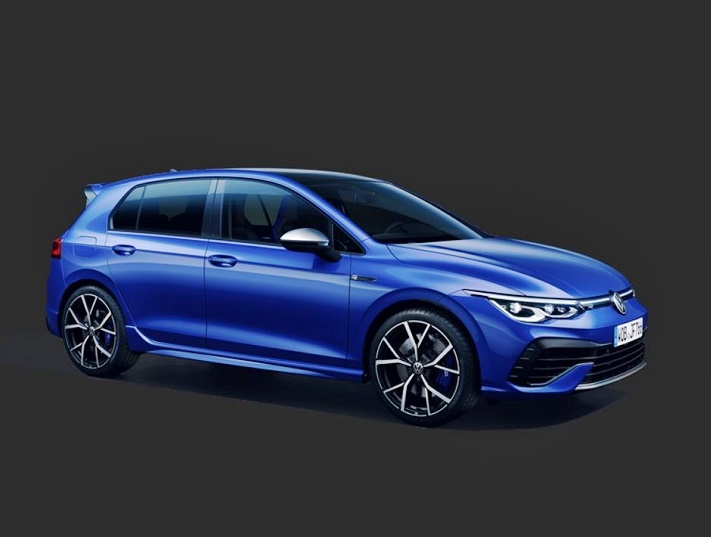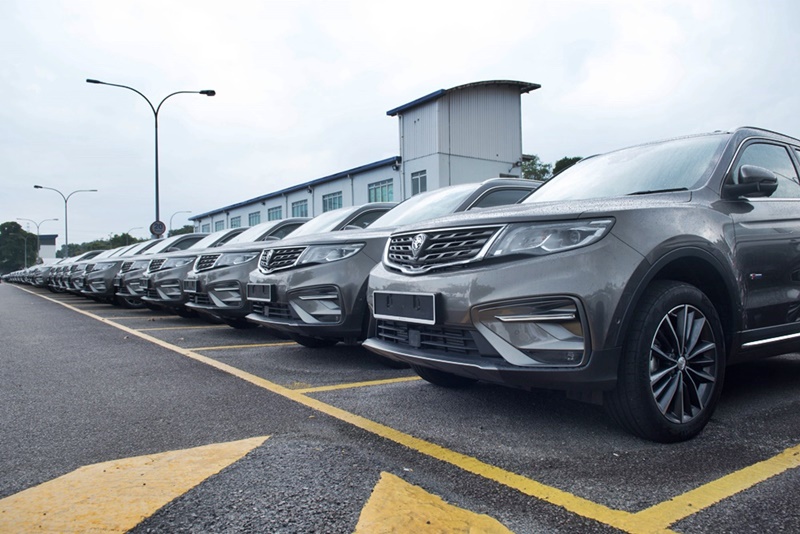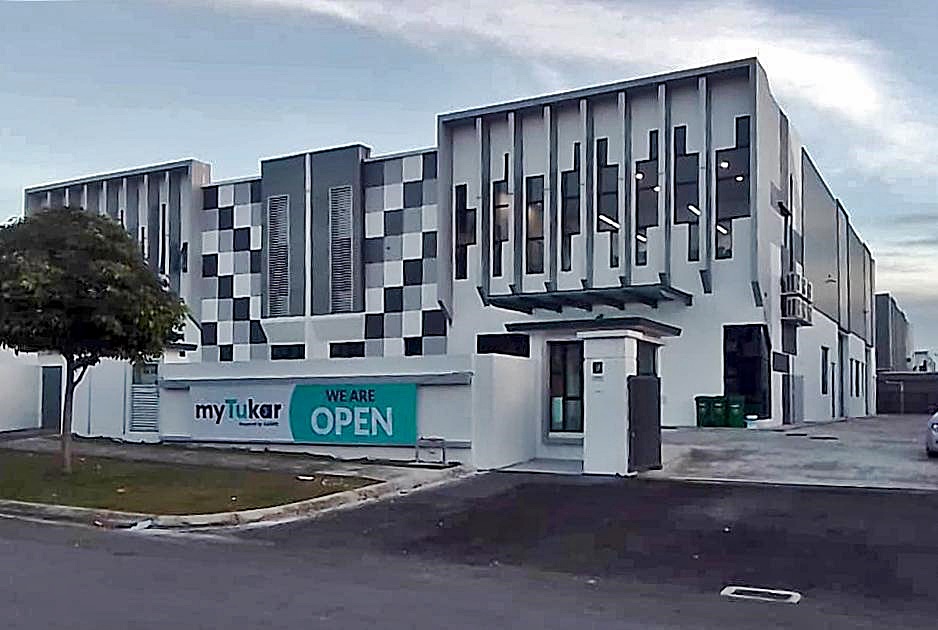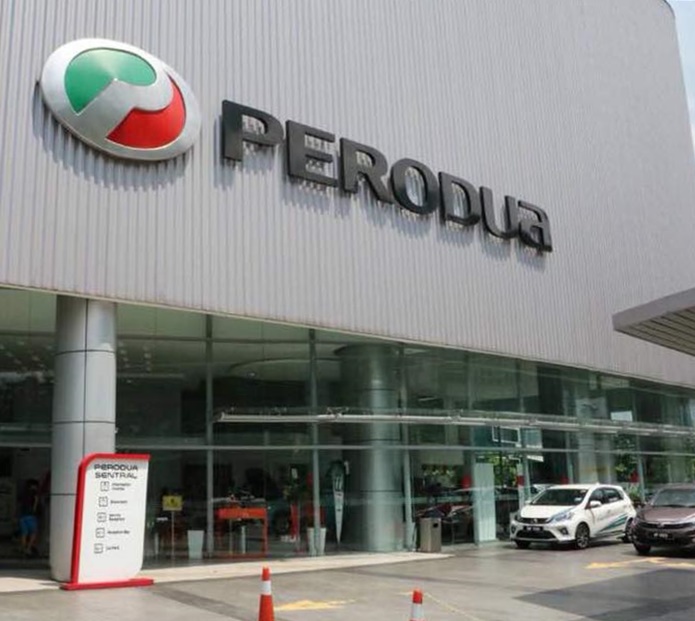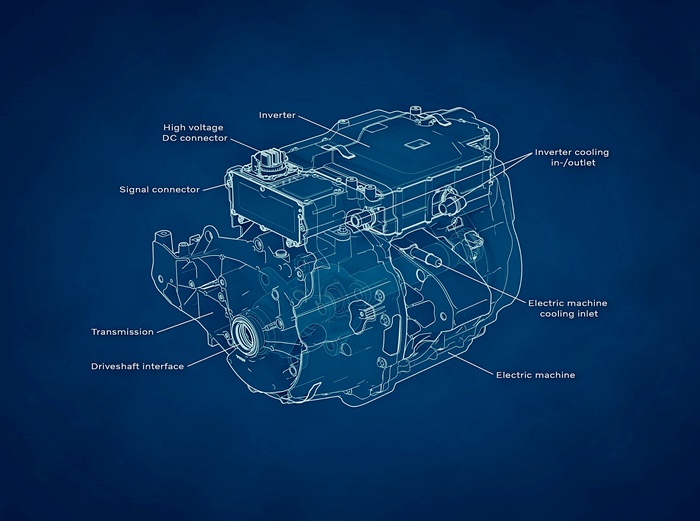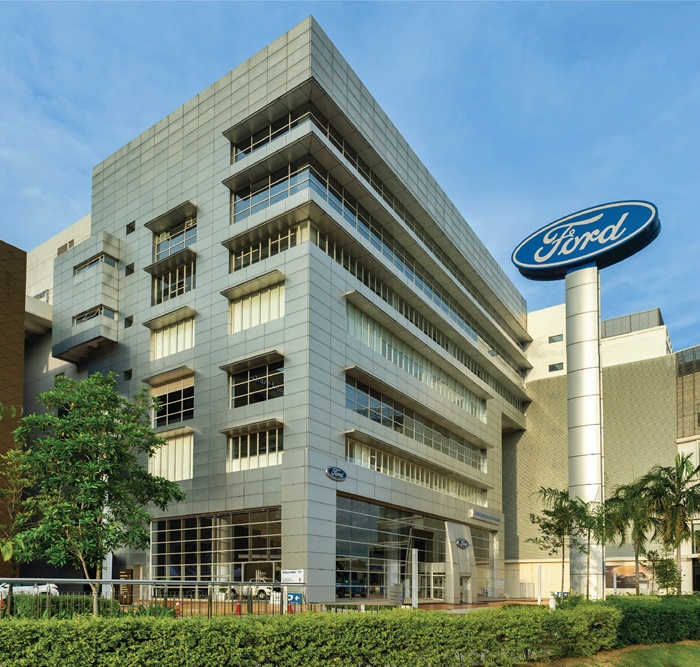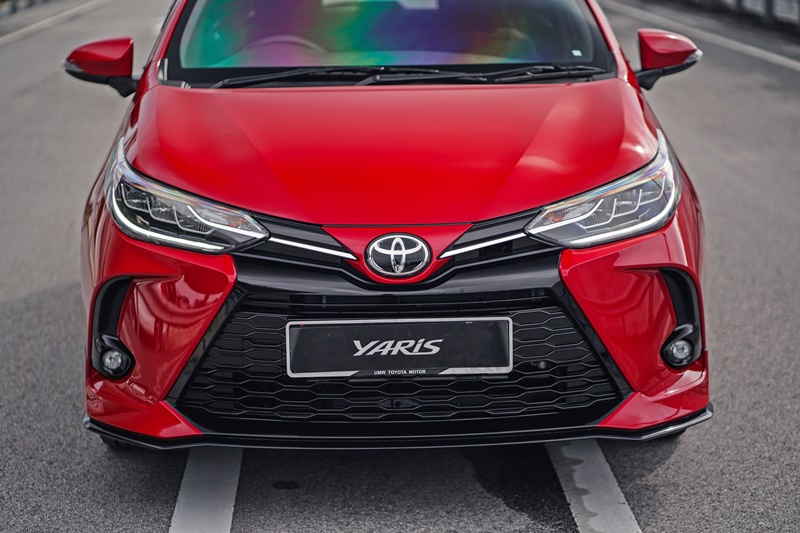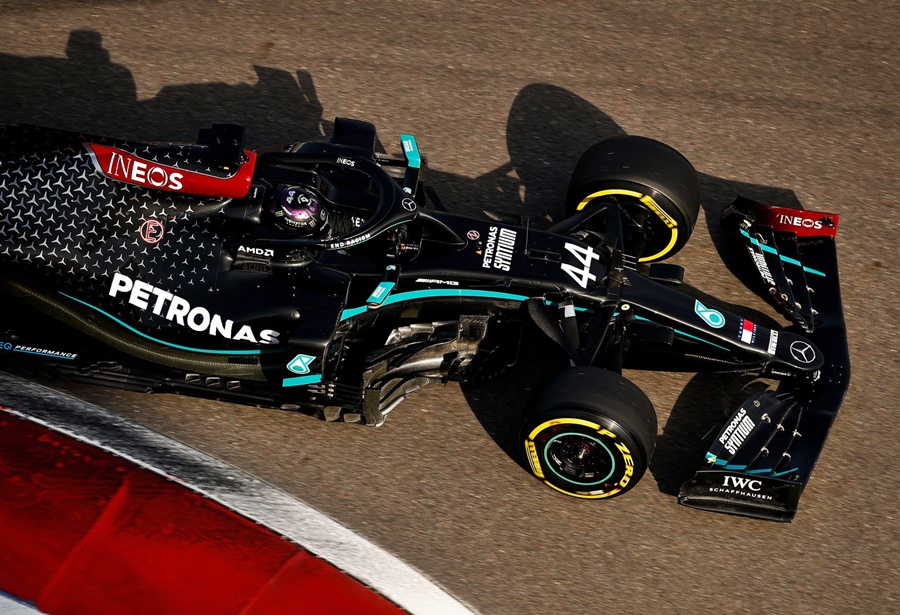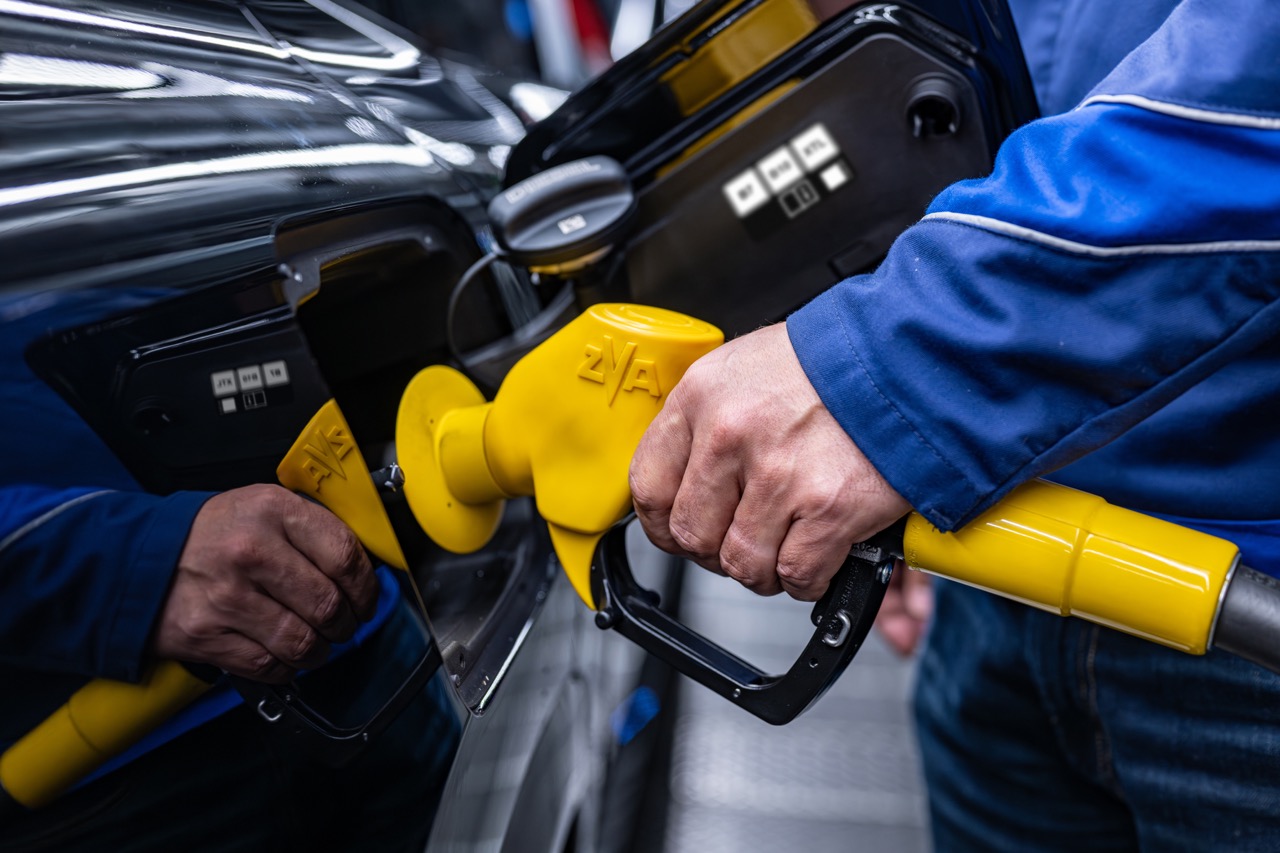By the end of this decade, Hyundai Motor, like other major carmakers, aims to capture a sizable share of the global market for battery electric vehicles (BEVs). Of the 9.5 trillion Korean won it plans to spend during the decade, 20% will be spent on R&D in electrification of its products and related facilities.
It has set a target of selling 1.87 million BEVs annually by 2030 and to do this, it will offer a broad line-up that will consist of 17 new models (11 for the Hyundai brand and 6 for the Genesis brand). The new Hyundai BEV models will include 3 sedan models, 6 SUVs, a light commercial vehicle as well as a model of a new type. Genesis, its luxury brand, will get 2 new passenger cars and 4 SUVs; from 2025, all newly launched models from Genesis will be electrified.
Integrated Modular Architecture
In order to achieve the sales targets, the products will have to be priced competitively, which means that production costs will have to be brought down as much as possible. Key to this will be the Integrated Modular Architecture (IMA), a new platform evolved from the electric global modular platform (E-GMP) that is currently used for models such as the IONIQ 5 and GV60.
The IMA, revealed recently, will be utilized not only to as Hyundai’s passenger BEV platform but also as its exclusive purpose-built vehicle (PBV) platform, helping to streamline production processes and reduce cost. It will standardize not only the chassis but also the battery system and motor. In this way, economies of scale can be higher with many parts being shared by a larger volume of models.
Standardisation of battery packs
Hyundai also aims to standardize battery packs which can be attached to any models, also improving cost efficiency. This differs from the existing BEV development system which has different types of battery packs for each model. Through the cell-to-pack system, the new architecture can secure sufficient energy density and shorten charging time.
5 types of electric motors
The same approach of standardisation will be applied to electric motors, with no more than 5 types being used, depending on the model. This modular motor system will help achieve competitiveness in terms of cost and weight as well as motor efficiency.
Details of the powertrains shown in a presentation indicate that four of them will have 800V systems with a fifth one having 400V system, possibly for use in more specialised vehicles operating in demanding conditions (perhaps light commercial vehicles).
Comprehensive battery strategy
Batteries are, of course, a vital part of BEVs and as more BEVs are sold, demand will increase rapidly. In anticipation of this, Hyundai is trying to increase the local procurement rate of batteries through strategic alliances with battery companies in major regions to ensure sufficient battery supply. Through these alliances, the company expects to obtain more than 50% of its next-generation lithium-ion batteries for BEVs starting in 2025.
In addition, Hyundai will also diversify battery sourcing to consolidate the competitiveness of future BEVs. The company has secured sufficient battery supply to meet its sales targets by 2023. With a comprehensive battery strategy, Hyundai plans to continue cooperation with various battery companies with an aim of securing 170 GWh of batteries for its models. For the next-generation batteries, such as solid-state types, Hyundai is cooperating with various global partners to improve energy density and cost efficiency
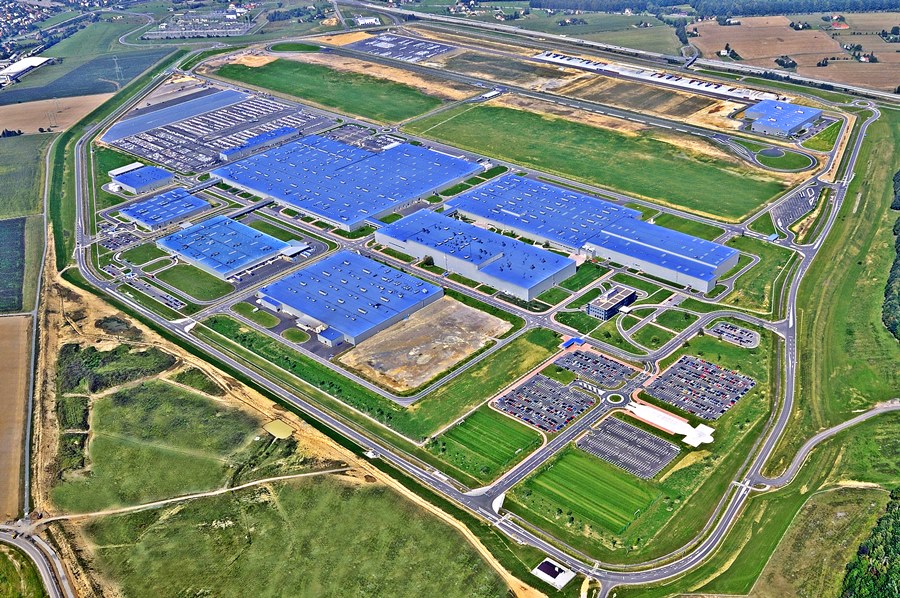
Expanding manufacturing footprint
To meet the growing demand for BEVs, Hyundai aims to establish a high efficiency manufacturing process to accelerate its transition into electrification. A human-centered manufacturing innovation platform is expected to bring dramatic innovation in production efficiency through a flexible production system, advanced level automation and digital twin technology. The innovation will be expanded to global plants in the future.
The existing BEV production facilities in Korea and the Czech Republic will be complemented by additional factories in other locations. One of them is in Indonesia which will start BEV production and contribute to the global volume.
Hyundai Motor Group aims to take lead in technology for future hydrogen society


